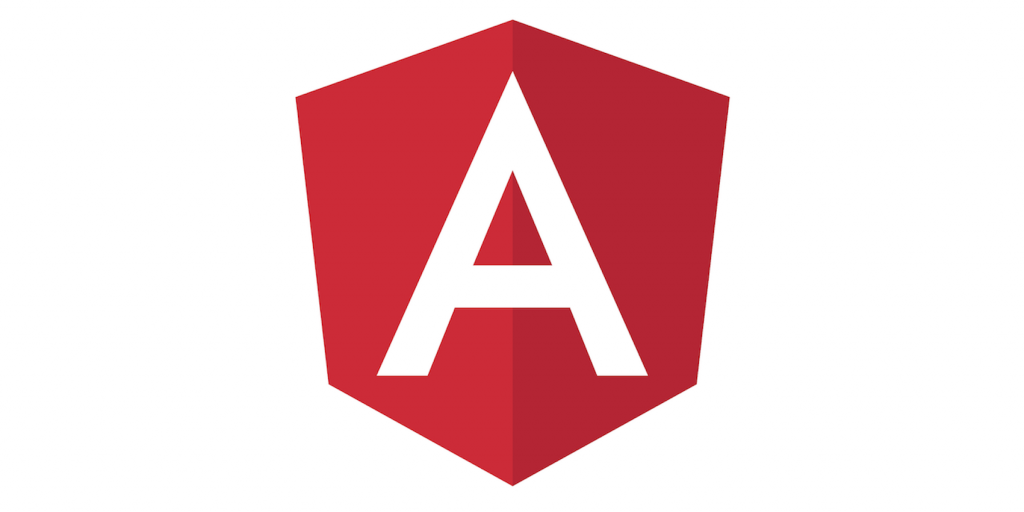在2020年9月,我正式的從韌體工程師轉職成為一位前端工程師,在自學前端的時候我是選擇了 React 這個 Javascript 框架,做了幾個作品後投履歷面試最後找到目前任職的公司,一路上跌跌撞撞但也算順利,不過唯一不太順了就是目前任職的這間公司是使用 Angualr (崩潰!!![]() ),當初剛進到這間公司時也是從頭開始 K Angualr 官方文檔,看得真的是無煞煞,現在也進到這間公司快一年了,也使用過 Angular 做了幾個專案與處理了幾個問題,想說再次挑戰自己從頭開始認真看 Angular 官方文檔並用自己的理解整理成筆記,希望能對新進的 Angular 開發者有些幫助。
),當初剛進到這間公司時也是從頭開始 K Angualr 官方文檔,看得真的是無煞煞,現在也進到這間公司快一年了,也使用過 Angular 做了幾個專案與處理了幾個問題,想說再次挑戰自己從頭開始認真看 Angular 官方文檔並用自己的理解整理成筆記,希望能對新進的 Angular 開發者有些幫助。

開門見山的說 Angualr 是一個 Javascript 的框架,他是基於 TypeScript 進行開發的,它包括了:
記得當初主管跟我分享 Angualr 的好處,因為 Angular 擁有非常完整的功能,可以透過它提供的功能建立一個完整且大型的 Web App,而且就如他有非常完整的功能,當在面對多個開發者同時開發專案時,就會遵守共同的開發原則以減少多人開發的問題。
Angualr 中有許多核心思想,了解這些核心思想對於之後的開發有非常好的幫助。
Component 是構建一個 Web App 的最基本方塊,每一個 Web App 都是由一個又一個大大小小的 Component 所組成的,在之前學習 React 的時候也是這個概念,但是 Angualr 的 Component 跟 React 非常不一樣,他是一個帶有 @Component() 裝飾器的 TypeScript Class、HTML template, Style ,這邊你可能聽不懂,但沒關係現階段只要簡單記住他是一個有 TypeScript、HTML、CSS 的小方塊就好。
import { Component } from '@angular/core';
@Component({
selector: 'hello-world',
template: `
<h2>Hello World</h2>
<p>This is my first component!</p>
`,
})
export class HelloWorldComponent {
// The code in this class drives the component's behavior.
}
當你要使用這個 Component 時,只需要在 HTML 中將你要用的 selector 當作 tag 使用就好
<hello-world></hello-world>
每一個 Component 都擁有自己的 HTML template,它用於在畫面中呈現你這個 Component,當你的 Component 發生改變時 Angular 會自動更新並且重新渲染 DOM,他有許多非常好用的功能,比如說動態插入、事件綁定等等的,不過這個我們之後會專門講解,在這裡只要記得 Tmeplate 是用來在 UI 上顯示 Component 內容的就可以了。
Dependency injection 在 Angular 中是一個非常重要的觀念,簡單來說當你在寫一般的 JavaScript 時,你可能寫了一個 Class 裡面存放了許多邏輯,當你在使用的時候你可能會需要使用 new 將這個Class 實例化成一個 Object,然後才能使用裡面的 method 或 property,而當遇到需要使用 static method 時又可以不用實例化 class 就可以使用,需要考慮的事情就比較多一點。
而 Angualr 提供了 Dependency injection 讓你再遇到上面的情況時可以無須理會是否需要將 Class 實例化,Angualr 會自動幫你處理這個過程,這樣的方式可以讓你編寫可測試性高且更靈活的程式。
我舉個簡單的例子說明一下 Dependency injection 有多好用,我們先以一般 Javascript 的模式
// Create class
class HelloService {
construct() {}
sayHello() {
console.log('hello world');
}
static sayGoodBye() {
console.log('good bye');
}
}
// use Class
const helloService = new HelloService();
helloService.sayHello(); // hello world
HelloService.sayGoodBye(); // good bye -> static method need call class
上面的例子可以看到,當我們需要使用 Class 裡面的 method 時需要先將它實例化才能使用內部的 method,而如果要使用 static method 則需要呼叫 Class 本體,那我們接著看 Angular 的操作。
// Create Class
import { Injectable } from '@angular/core';
@Injectable({providedIn: 'root'})
export class HelloService {
sayHello() {
console.log('hello world');
}
sayGoodBye() {
console.log('good bye');
}
}
// user Class
import { Component } from '@angular/core';
import { HelloService } from './helloService.ts'
@Component({
selector: 'hello-world',
template: `
<h2>Hello World</h2>
<p>This is my first component!</p>
`,
})
export class HelloWorldComponent {
constructor(private helloServer: HelloService) {}
sayHi() {
this.helloServer(); // 'hello world'
}
sayBye() {
this.sayGoodBye(); // 'good bye'
}
}
上面可以看到我們在 Component 的 constructor 中注入了 helloServer,所以我們可以不需要實例化就可以使用 HelloService 內部的 method,如果這邊看不懂沒關係,這邊只是大概介紹一個概念,之後也會詳細說明。
Angular CLI 是開發 Angular 應用程序的最快、直接且推薦的方式,就像 React 的 create-react-app 一樣,可以透過指令快速建立出基本的 Angualr app,除了建立模板之外還有非常多好用的功能,我會在下一章節中仔細講解 Angular CLI 是什麼。
就如上面所提到 Angular 擁有非常多非常完善的資源提供你創建你的 Web App,所以當你在開發過程中遇到需要添加功能時,就可以添加相對應的模組來達成你的目的。
這邊簡單介紹幾個 first party libraries
| Name | Description |
|---|---|
| Angular Router | 基於 Component 的客戶端導航與 Router,支援延遲載入、嵌套 Router、自定義路徑匹配等等 |
| Angular Forms | 表單輸入與表單內容驗證 |
| Angular HttpClient | 可支援 client 端與 server 端的溝通 |
| Angular Animations | 驅動 app 動畫 |
本篇章大概介紹了什麼是 Angular 與使用它的好處,有提到許多比較難的觀念,template 的操作與
Dependency injection 等等,現在可能看不太懂不過沒關係,我們後面會詳細講解這些是幹什麼的,當初我也是花了很多時間才大概了解他在幹嘛的 ( 苦笑。
